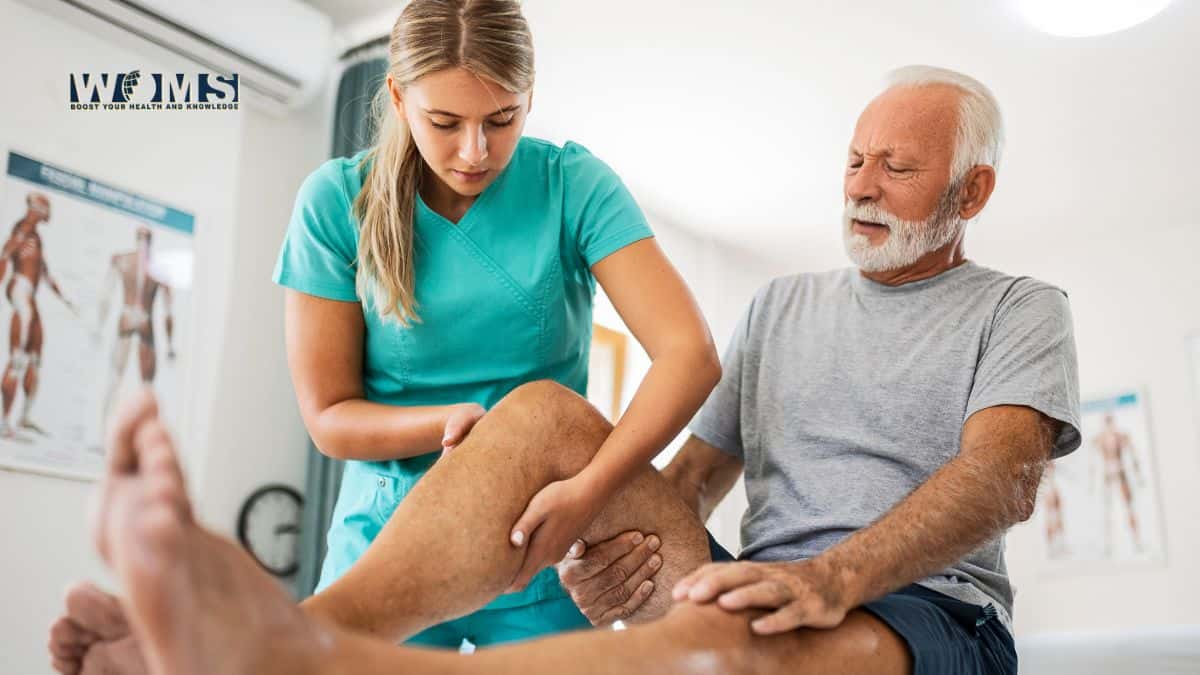Should You Opt for Manual Therapy or Exercise Based Treatment?

When facing physical ailments or injuries, choosing the right rehabilitation approach is crucial. Patients and practitioners often weigh the merits of manual therapy versus exercise-based treatment. Both modalities offer unique benefits and can be pivotal in recovery, depending on your specific condition and therapeutic goals.
Read on to learn whether you should opt for manual therapy or exercise-based treatment.
Deciding Between Manual Therapy and Exercise-Based Treatment
The decision to opt for manual therapy or an exercise-based approach should consider several key factors, including the injury’s nature, overall health status, and specific recovery goals. Manual therapy involves techniques such as massage, mobilization, and manipulations performed by a skilled therapist to alleviate pain and improve function.
Conversely, exercise-based treatment uses specific movements or exercises to strengthen muscles, improve flexibility, and support optimal physical function.
That said, incorporating the right rehabilitation approach can also significantly impact the business side of a practice. For instance, for those considering how to start a cash-based physical therapy practice, understanding the preferences and outcomes associated with these treatments can guide service offerings and patient care strategies.
Benefits of Manual Therapy
Manual therapy is a cornerstone of physical rehabilitation, providing numerous benefits for patients suffering from various musculoskeletal conditions. These include:
- Targeted Relief: This effectively delivers immediate pain relief and mobilizes stiff joints and muscles. Its application is ideal for acute conditions requiring quick, responsive treatment.
- Personalized Care: This is another hallmark of manual therapy; therapists utilize their expert skills to tailor techniques to each individual’s specific needs, ensuring a uniquely customized treatment experience.
- Complementary Treatment: This can be seamlessly integrated with other therapeutic modalities, such as exercise-based treatments or medical interventions, to enhance overall effectiveness and accelerate patient recovery.
Through these multifaceted benefits, manual therapy stands out as a versatile and integral component of physical therapy.
Advantages of Exercise-Based Treatment
Exercise-based treatment is a fundamental pillar of physical therapy that offers extensive advantages. These include:
- Long-Term Benefits: Exercise-based approaches are designed to strengthen the body, enhance endurance, and reduce the risk of future injuries. Such approaches inherently promote health sustainability and functional longevity.
- Empowering Patients: By actively participating in your recovery, you can develop a sense of agency and commitment to the rehabilitation process, leading to better adherence to therapy regimes and improved outcomes. This empowerment fosters a proactive mindset towards health and wellness.
- Versatility: Tailored exercise programs can be adapted to meet the specific needs of various patient groups, ranging from those recovering from surgery to individuals managing chronic conditions. This adaptability makes exercise-based treatments a versatile tool in the physical therapist’s arsenal, suitable for various therapeutic needs.
Integrating Manual Therapy and Exercise-Based Approaches
For many practitioners and patients, the most effective treatment plan involves a combination of manual therapy and exercise-based treatments. This integrated approach allows for the immediate benefits of manual therapy to alleviate discomfort while building a foundation with exercise that supports long-term recovery and health.
Here’s how to integrate manual therapy and exercise-based treatments into your routine:
- Phased Integration: Start with manual therapy to reduce pain and improve mobility, then gradually introduce exercises to build strength and prevent recurrence.
- Holistic Recovery: Combine these methods to address multiple facets of your condition, enhancing physical recovery and promoting overall wellness.
Considerations for Choosing a Treatment Strategy
Selecting the most appropriate treatment strategy in physical therapy is a nuanced process that involves multiple considerations. These factors ensure that the chosen method aligns well with your needs, enhancing safety and effectiveness. Some considerations include:
- Patient Preference and Comfort: It’s essential to consider what you are comfortable with and your previous experiences with different treatment types. This understanding can help tailor a therapy plan you are more likely to adhere to, thereby increasing the chances of a successful outcome.
- Clinical Indications and Contraindications: These must be meticulously evaluated. Each treatment modality comes with its own set of indications and potential contraindications. Understanding these can help prevent complications and help you choose the safest, most effective approach for your health.
- Practitioner Expertise: This is a significant determinant. The skills and specialization of the practitioner can significantly influence the treatment decision. Practitioners often have varying degrees of proficiency with different therapies, and selecting a practitioner who is well-versed in a particular method can optimize the therapy’s success.
By considering these critical aspects patient preferences, clinical parameters, and practitioner expertise therapists can formulate an effective and personalized treatment plan that leads to better patient outcomes.
Conclusion
There is no one-size-fits-all answer in the debate between manual therapy and exercise-based treatment. Each patient’s needs and conditions should guide the therapeutic approach. For physical therapists, integrating both methodologies can often provide the most comprehensive care. As the field of physical therapy continues to evolve, staying informed about the latest research and techniques in manual and exercise-based treatment is essential for providing optimal patient care and sustaining a successful practice.




